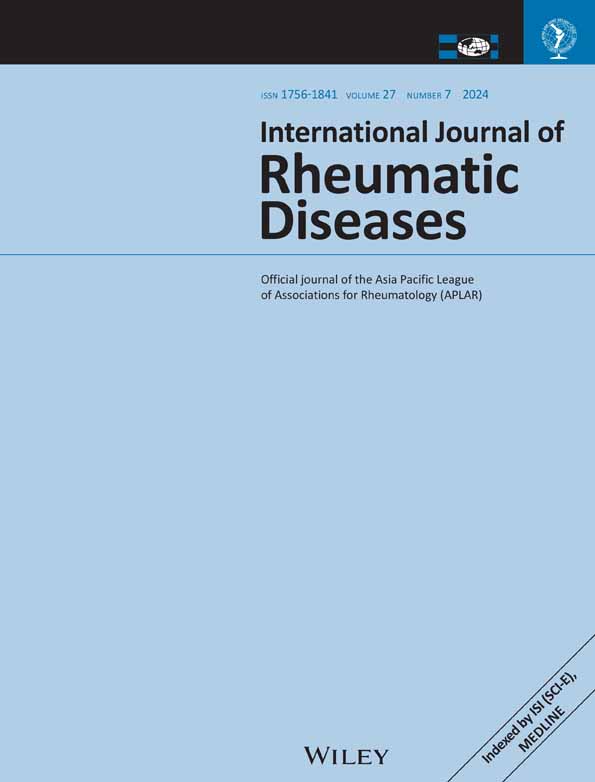MRI predictors of infectious etiology in patients with unilateral sacroiliitis
Abstract
Background
Unilateral presentation of sacroiliitis is a diagnostic dilemma, especially between infection and inflammatory sacroiliitis associated with spondyloarthritis, requiring an early and accurate diagnosis.
Objective
To assess the utility of magnetic resonance imaging (MRI) in differentiating infective versus inflammatory etiology in unilateral sacroiliitis.
Materials and Methods
Retrospective review of the MRI of 90 patients with unilateral sacroiliitis, having an established final diagnosis. MR images were evaluated for various bone and soft tissue changes using predefined criteria and analyzed using univariate and multivariate regression analysis.
Results
Among the 90 patients, infective etiology was diagnosed in 66 (73.3%) and inflammatory etiology in 24 (26.7%). Large erosions, both iliac and sacral-sided edema, joint space involvement with effusion or synovitis, soft tissue edema, elevated ESR/CRP, and absence of capsulitis and enthesitis were associated with infection (p < .001). The independently differentiating variables favoring infection on multivariate analysis were—both iliac and sacral-sided edema (OR 4.79, 95% CI: 0.96–23.81, p = .05), large erosions (OR 17.96, 95% CI: 2.66–121.02, p = .003), and joint space involvement (OR 9.9, 95% CI: 1.36–72.06, p = .02). Exclusive features of infection were osteomyelitis, sequestra, abscesses, sinus tracts, large erosions, and multifocality. All infective cases had soft tissue edema, joint space involvement, elevated ESR, and no capsulitis.
Conclusion
MRI evaluation for the presence and pattern of bone and joint space involvement, soft tissue involvement, and careful attention to certain exclusive features will aid in differentiating infectious sacroiliitis from inflammatory sacroiliitis.
CONFLICT OF INTEREST STATEMENT
The authors declare that there is no conflict of interest.
Open Research
DATA AVAILABILITY STATEMENT
The data that support the findings of this study are available from the corresponding author upon reasonable request.




